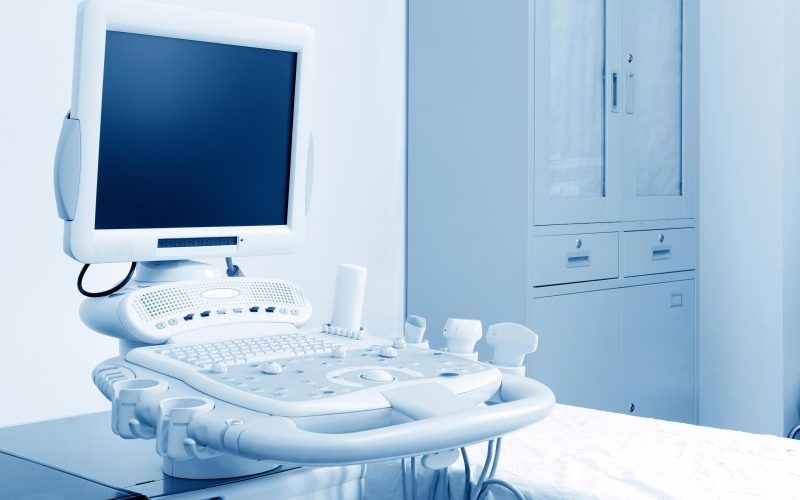Patients that are required to complete hemodialysis need to have equipment used throughout the process that is clean and sterilized. Many dialysis centers use a formalin sterilization process on both the dialyzers as well as the dialysate lines. This is an effective way to use a rinse process to provide optimal sterilization of this equipment.
The problem that occurs with using formalin sterilization processes is the residual formaldehyde left after the operation is completed. Unfortunately, without regular formaldehyde testing, it is possible the residual may easily exceed the recommended Association for Advancement of Medical Instrumentation levels of 3 parts per million (ppm) or less.
Findings in Studies
One of the complications with using the formalin-sterilization process was reported in the Journal of Hospital Infection in April of 2005. In this study, researchers from the Tohoku University Graduate School of Medicine found the residual amounts of formaldehyde remain in medical devices and in specific types of plastics varied.
This variation occurred even when the different samples were processed using low-temperature steam and the LTSF or formaldehyde sterilization process. The plastics and medical devices underwent formaldehyde testing and compared to the results found on a standard, which was filter paper. The results showed that plastics undergoing the LTSF process retained higher rates of formaldehyde that the paper or the metal, even though the process was identical.
There have been similar tests dating going back to the early 1980s, demonstrating different locations in the dialyzers retained higher concentrations of formaldehyde than others. This allowed continual leaching or infusing of the chemical into the patient over the course of the dialysis. The highest concentrations were typically found in the dialyzer cellulose membrane.
The Solution
The best solution to ensure there is less than the maximum amount of 3 ppm is to use formaldehyde testing procedures. Strips can be used as a semi-quantitative and cost-effective option to test samples from different areas of the dialyzer to ensure there is less than the maximum allowable residual amount of formaldehyde.
The testing process is very easy. The strips are kept refrigerated prior to opening and then warmed to room temperature before using. A small drop of the sample liquid is placed on the indicator pad of the strip. The test is timed for two minutes. The liquid is then drained off the strip and the color compared to the chart on the bottle.
This process is simple, easy, effective and efficient. With the color match to the label on the bottle, technicians can verify the levels of formaldehyde in the sample solution are within the target level.


